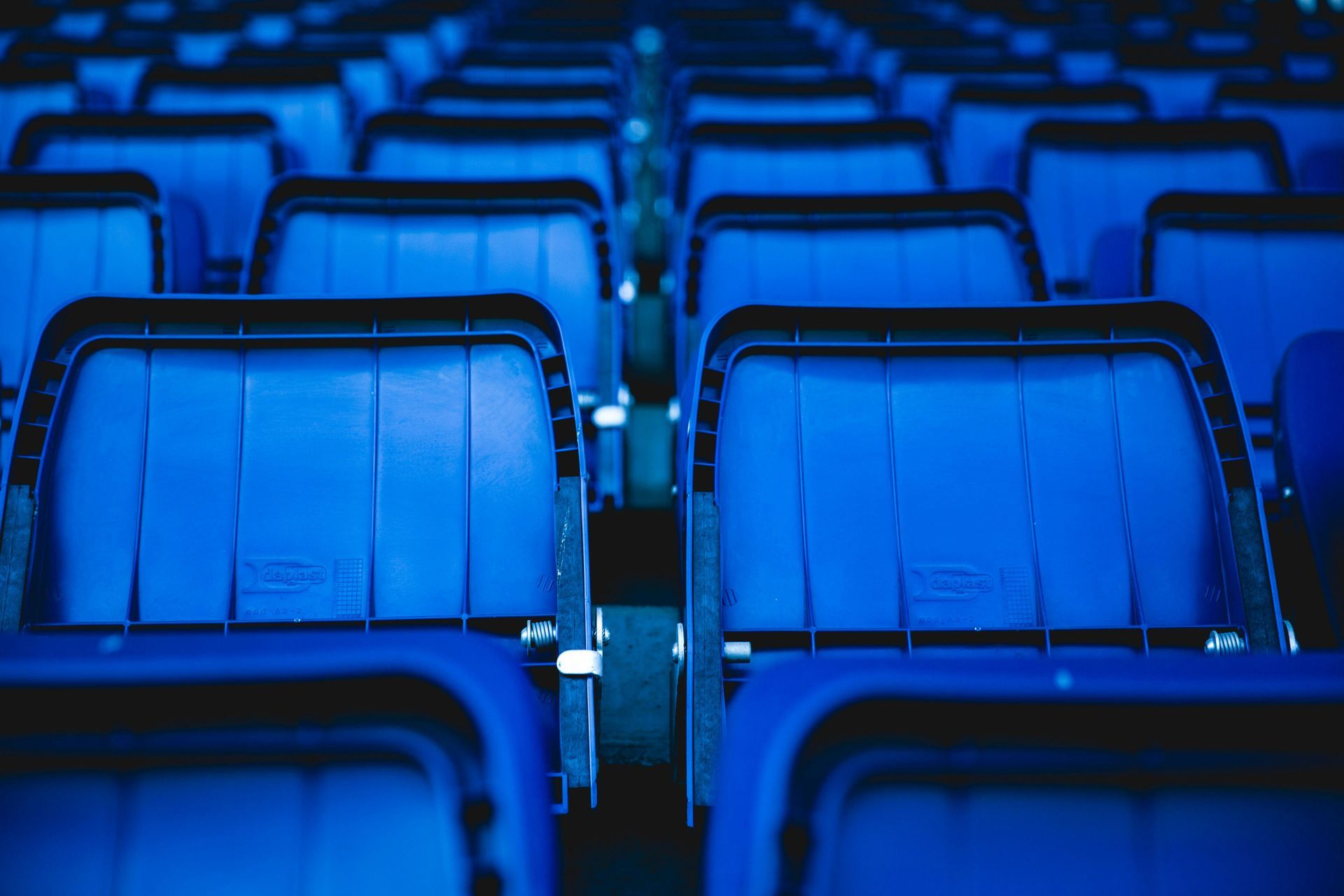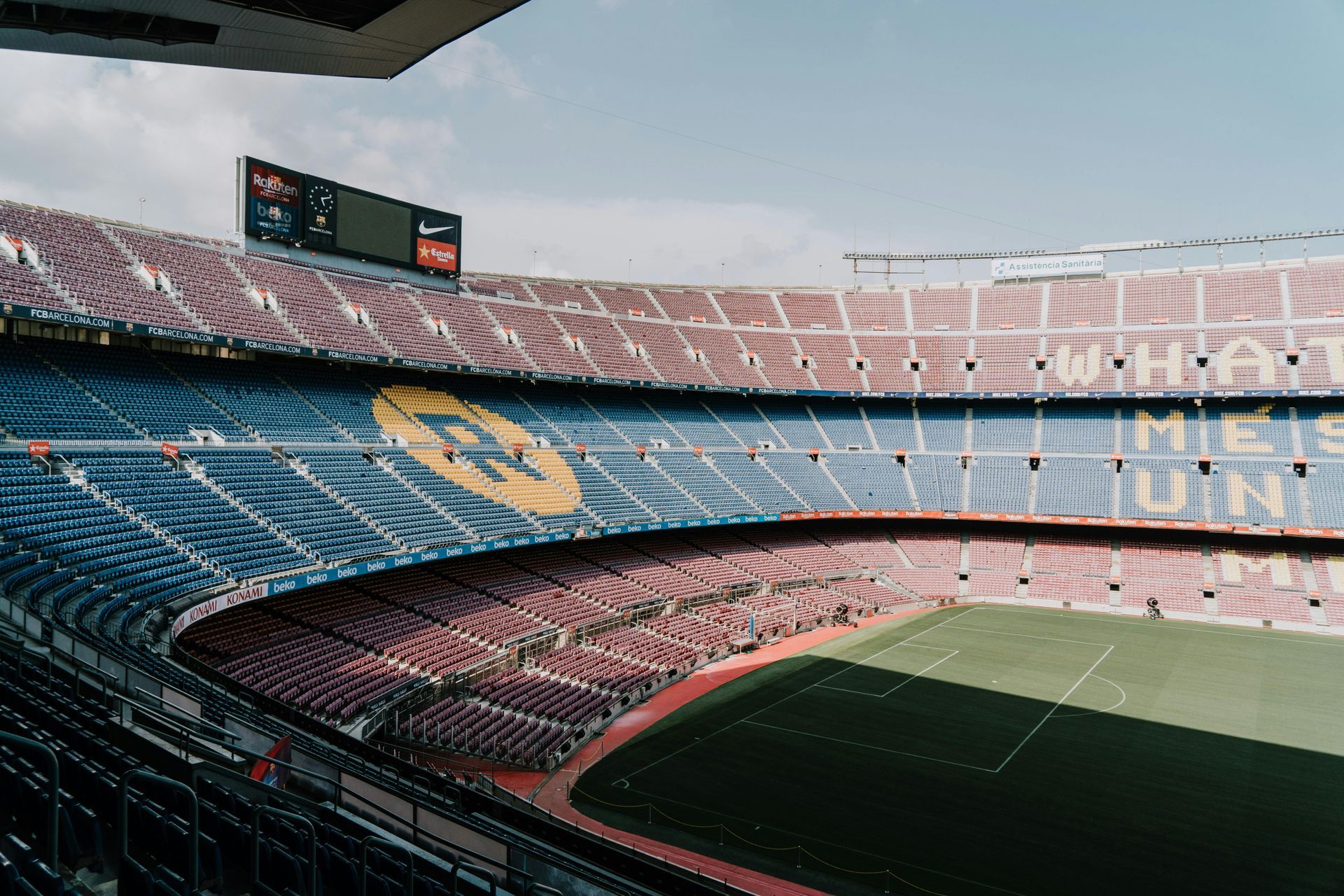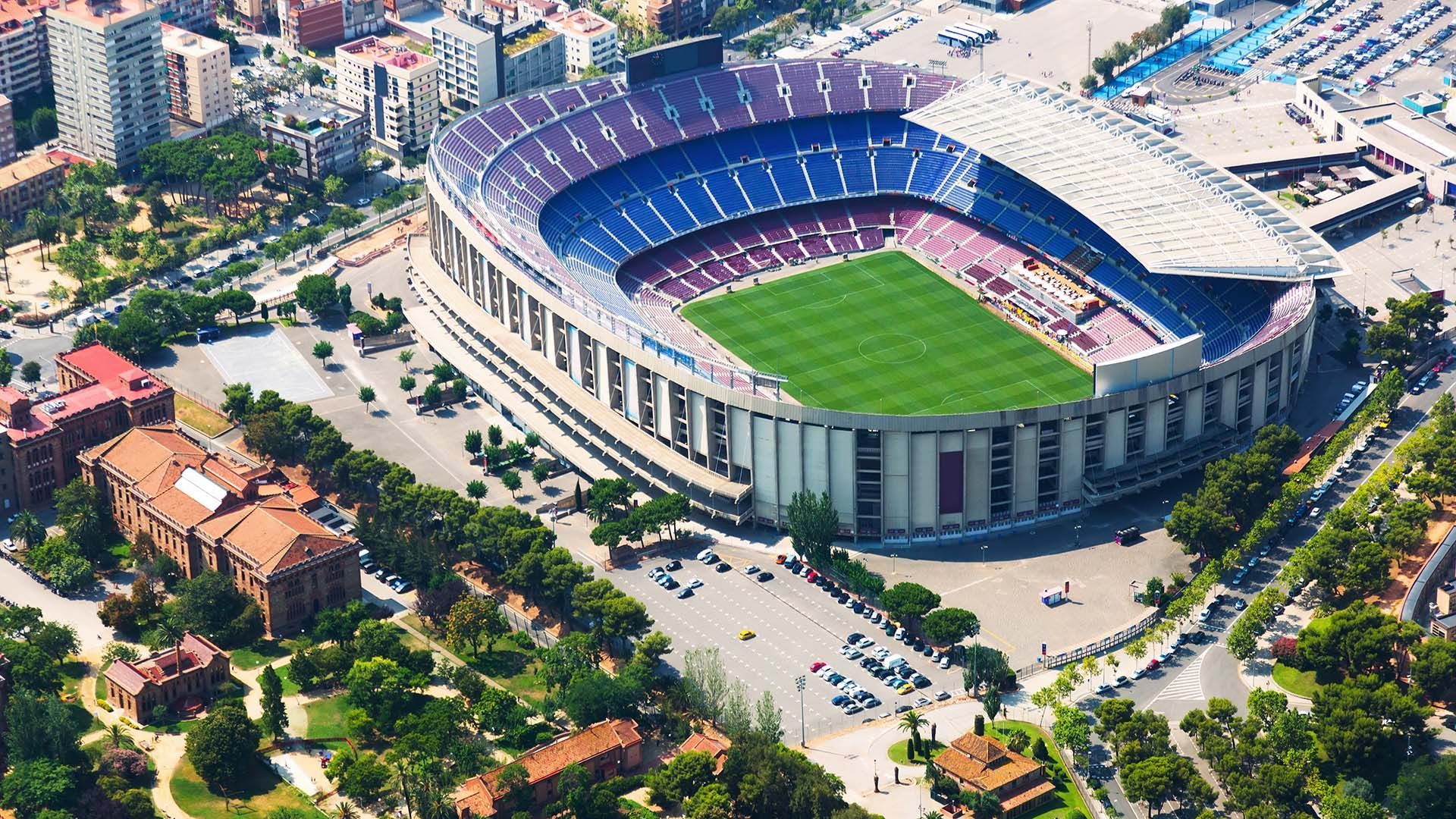New ADA Rules for Sports Venues
The Americans with Disabilities Act (ADA) continues to shape the way public facilities operate, and sports arenas are among the most visible spaces affected. As enforcement updates and compliance guidance evolve, event managers are under increasing pressure to interpret what these changes mean for their venues.
This isn’t just about announcements—it’s about practical guidance. Sports venues are managed by professionals who need actionable strategies for ADA compliance, not just reminders that the law exists. With thousands of fans, athletes, and staff passing through every game or concert, accessibility must be treated as an integral part of operations, renovations, and customer experience.
Why Accessibility Guidance Matters for Sports Venues
Sports arenas are complex facilities. They handle huge crowds, diverse events, and constant upgrades. Accessibility is not a box to check; it’s a core responsibility. Non-compliance carries serious risks:
- Legal penalties including Department of Justice fines
- Lawsuits from guests who encounter barriers
- Reputational damage that impacts ticket sales and community trust
On the positive side, venues that proactively integrate accessibility can improve customer satisfaction, increase attendance, and build a reputation as inclusive, future-focused organizations.
For event managers, the question is not “Do we have to comply?” but rather “How can we stay ahead of compliance while maintaining smooth operations?”
Key ADA Requirements for Sports Venues
ADA Seating and Sightlines in Arenas
Under ADA rules, wheelchair and companion seating must be distributed throughout the arena—not isolated in one section. These seats must provide comparable sightlines, meaning fans using wheelchairs should still be able to see the action even if spectators in front of them stand up.
This requirement has major implications for seating charts, ticket sales, and renovations. Event managers should ensure that digital ticketing systems accurately display accessible seating and prevent accidental double booking.
Accessible Routes Through the Venue
Accessibility doesn’t stop at the gate. Sports facilities must provide clear, accessible routes from:
- Parking lots and drop-off zones
- Entrances and ticket counters
- Seating areas, concessions, and restrooms
These routes often include ramps, elevators, tactile signage, and clear wayfinding systems. Event managers should walk these routes themselves during events to identify potential bottlenecks or confusing layouts.
Restrooms, Concessions, and Retail Spaces
ADA compliance in restrooms includes proper stall width, grab bars, sink height, and turning space. For concessions and merchandise areas, counters must be low enough to serve guests using mobility devices.
Because food and retail are high-traffic points, accessibility here directly impacts guest experience. Even a fully compliant seating area can feel exclusionary if fans struggle to buy a snack or use the restroom.
Event Operations and Policies
Physical design is only half of the equation. The ADA also governs policies and operational practices, such as:
- Ticketing: Accessible seats must be available at all price levels and offered to guests with disabilities at the same terms as other seats.
- Communication: Captioning, assistive listening devices, and service animal accommodations are required.
- Emergency evacuation: Venues must have plans to safely evacuate guests with disabilities during emergencies.
Event managers should ensure staff training includes these policies so accessibility is seamless and consistent across events.
The ADA 20% Rule for Sports Venue Renovations
One of the most important concepts for event managers is the ADA 20% rule. This rule applies when an arena undergoes alterations that affect usability.
Here’s how it works:
- If a concession stand, suite, or section is renovated, up to 20% of the budget must be allocated toward improving accessibility along the “path of travel” to that area.
- The path of travel includes restrooms, parking, entrances, and routes that serve the renovated space.
- This requirement ensures that accessibility upgrades happen gradually across the facility, even if only certain sections are being updated at a time.
For event managers, this means ADA compliance should always be factored into renovation planning. Working closely with architects and contractors can help balance budgets while meeting requirements.
How Event Managers Can Stay Ahead of ADA Compliance
Treating ADA compliance as a continuous priority—not a one-time hurdle—is the best way to avoid last-minute issues. Practical steps include:
- Integrate accessibility into all project planning
Don’t wait until designs are complete. Bring ADA specialists into early conversations about seating expansions, concessions upgrades, or tech installations. - Conduct regular accessibility audits
Walk the venue as a guest would—through entrances, seating, restrooms, and concessions. Document barriers and address them before complaints or inspections arise. - Train staff in accessibility protocols
Staff should understand not only the legal requirements but also the customer service side of accessibility. This includes assisting with accessible seating, operating assistive listening devices, and communicating evacuation plans. - Update ticketing systems
Make sure digital ticketing platforms comply with ADA standards, accurately displaying accessible seating options and preventing unauthorized resale at higher prices. - Plan for ongoing renovations
Remember the 20% rule during every project. Even minor upgrades are opportunities to advance accessibility throughout the arena.
By adopting these proactive measures, sports facilities can shift from reactive compliance to strategic leadership in accessibility.
Accessibility as a Competitive Advantage
Many managers see ADA compliance as a cost, but framing it as an investment reveals real value:
- Fans with disabilities represent a large and loyal audience segment
- Inclusive venues build stronger community support and brand reputation
- Accessible facilities are future-proofed against legal and cultural shifts
Event managers who embrace accessibility as part of the fan experience—rather than as a mandate—position their venues as leaders in hospitality and inclusivity.
ADA Compliance FAQ for Sports Facilities
What buildings are exempt from the ADA?
Private clubs and religious organizations are generally exempt from ADA compliance. However, nearly all sports venues are classified as places of public accommodation, meaning they must follow ADA rules.
What does the ADA mean for sports facilities?
The ADA requires sports venues to provide accessible seating, routes, restrooms, concessions, ticketing policies, and communication systems. These rules ensure that guests with disabilities can fully participate in events.
What is the 20% rule for accessibility?
When a sports venue undergoes renovations, up to 20% of the budget must be used for accessibility improvements along the path of travel. This rule ensures compliance advances during partial upgrades.









